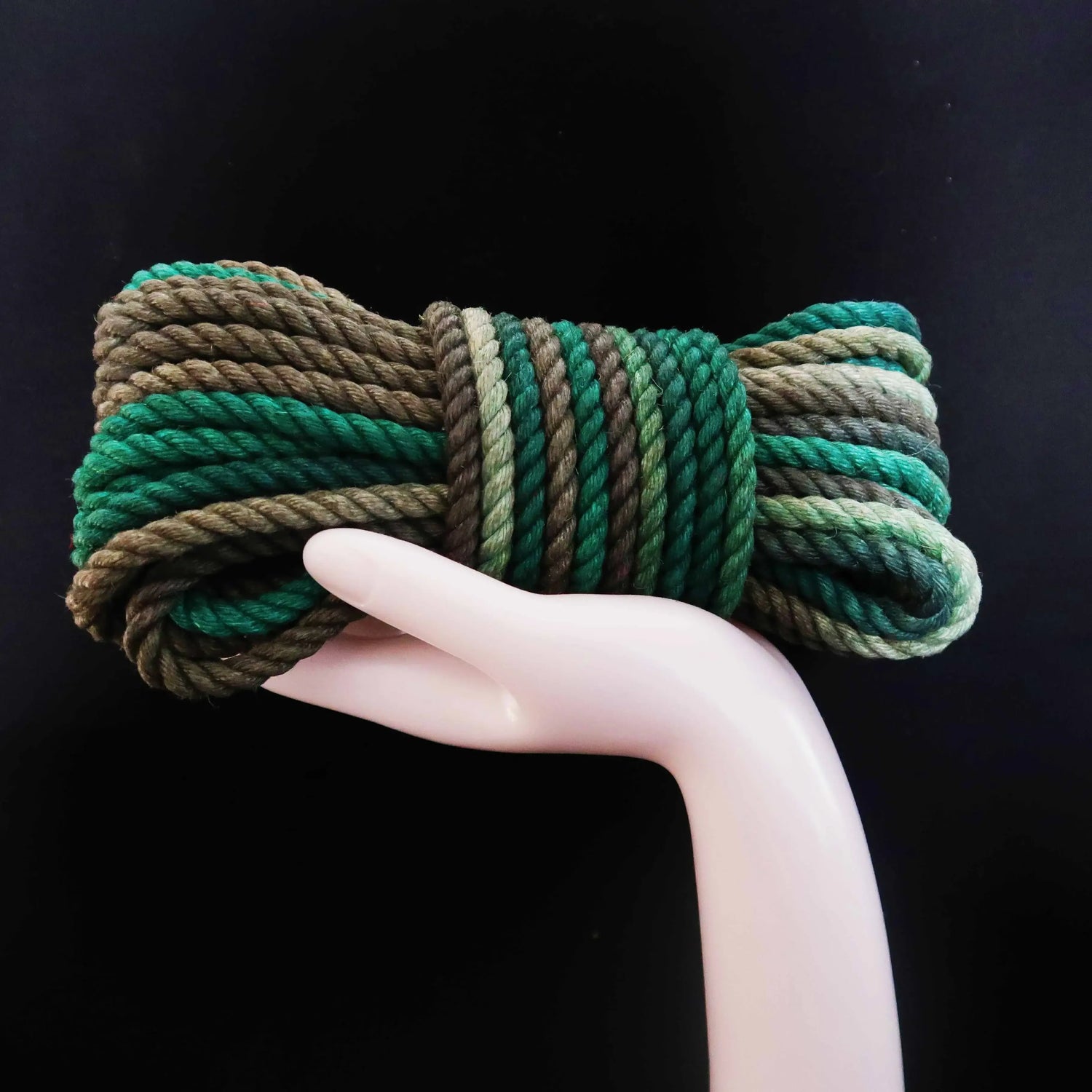The rope bondage culture in Japan, also known as "Shibari" or "Kinbaku," is an ancient and intricate art form. Originating from traditional Japan, rope bondage culture combines techniques, aesthetics, and emotional expression, showcasing unique aesthetic principles and societal significance.
In this culture, artists use ropes to bind the human body into various exquisite geometric shapes, creating visually striking lines and proportions. This technique demands high levels of skill and professional experience, emphasizing a profound understanding of body structure and emotional states.
The origins of rope bondage can be traced back to ancient Japanese military techniques, evolving into an art form that pursues aesthetics and erotic expression. Ropes are used as a means to express power, control, and trust, reflecting complex values regarding body, mind, and relationships in Japanese culture.
In contemporary society, rope bondage culture continues to evolve, merging with modern art and explorations of sexuality. Many practitioners and participants view it as a means of bodily liberation, emotional expression, and communication, aiming to establish deep connections while respecting each other's presence.
However, with shifting societal perspectives, rope bondage culture faces various challenges and controversies. Ensuring consent and safety principles becomes crucial to safeguard the respect and autonomy of every participant.
Overall, Japan's rope bondage culture is a unique art form that blends historical traditions with modern perspectives. Through the intertwining of ropes, bodies, and emotions, this culture presents a diverse range of visual effects and emotional expressions, carrying profound reflections on power, control, freedom, and beauty. It serves as a captivating and profound artistic realm that delves into the complexities of human connection and expression.


